HSBC 2015 Annual Report Download - page 158
Download and view the complete annual report
Please find page 158 of the 2015 HSBC annual report below. You can navigate through the pages in the report by either clicking on the pages listed below, or by using the keyword search tool below to find specific information within the annual report.-
 1
1 -
 2
2 -
 3
3 -
 4
4 -
 5
5 -
 6
6 -
 7
7 -
 8
8 -
 9
9 -
 10
10 -
 11
11 -
 12
12 -
 13
13 -
 14
14 -
 15
15 -
 16
16 -
 17
17 -
 18
18 -
 19
19 -
 20
20 -
 21
21 -
 22
22 -
 23
23 -
 24
24 -
 25
25 -
 26
26 -
 27
27 -
 28
28 -
 29
29 -
 30
30 -
 31
31 -
 32
32 -
 33
33 -
 34
34 -
 35
35 -
 36
36 -
 37
37 -
 38
38 -
 39
39 -
 40
40 -
 41
41 -
 42
42 -
 43
43 -
 44
44 -
 45
45 -
 46
46 -
 47
47 -
 48
48 -
 49
49 -
 50
50 -
 51
51 -
 52
52 -
 53
53 -
 54
54 -
 55
55 -
 56
56 -
 57
57 -
 58
58 -
 59
59 -
 60
60 -
 61
61 -
 62
62 -
 63
63 -
 64
64 -
 65
65 -
 66
66 -
 67
67 -
 68
68 -
 69
69 -
 70
70 -
 71
71 -
 72
72 -
 73
73 -
 74
74 -
 75
75 -
 76
76 -
 77
77 -
 78
78 -
 79
79 -
 80
80 -
 81
81 -
 82
82 -
 83
83 -
 84
84 -
 85
85 -
 86
86 -
 87
87 -
 88
88 -
 89
89 -
 90
90 -
 91
91 -
 92
92 -
 93
93 -
 94
94 -
 95
95 -
 96
96 -
 97
97 -
 98
98 -
 99
99 -
 100
100 -
 101
101 -
 102
102 -
 103
103 -
 104
104 -
 105
105 -
 106
106 -
 107
107 -
 108
108 -
 109
109 -
 110
110 -
 111
111 -
 112
112 -
 113
113 -
 114
114 -
 115
115 -
 116
116 -
 117
117 -
 118
118 -
 119
119 -
 120
120 -
 121
121 -
 122
122 -
 123
123 -
 124
124 -
 125
125 -
 126
126 -
 127
127 -
 128
128 -
 129
129 -
 130
130 -
 131
131 -
 132
132 -
 133
133 -
 134
134 -
 135
135 -
 136
136 -
 137
137 -
 138
138 -
 139
139 -
 140
140 -
 141
141 -
 142
142 -
 143
143 -
 144
144 -
 145
145 -
 146
146 -
 147
147 -
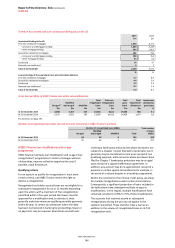 148
148 -
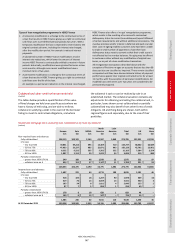 149
149 -
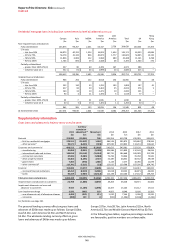 150
150 -
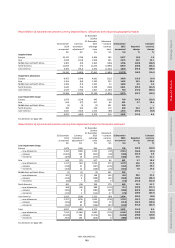 151
151 -
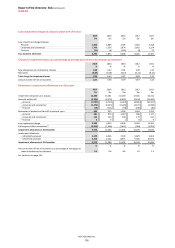 152
152 -
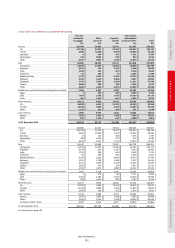 153
153 -
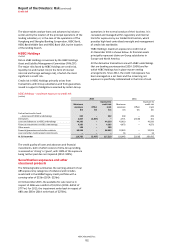 154
154 -
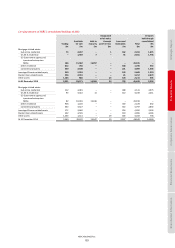 155
155 -
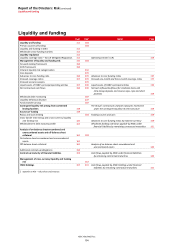 156
156 -
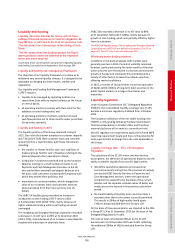 157
157 -
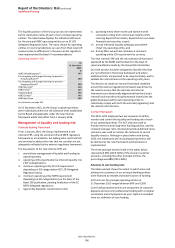 158
158 -
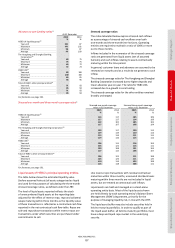 159
159 -
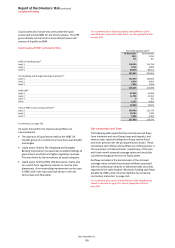 160
160 -
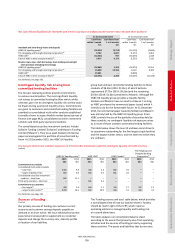 161
161 -
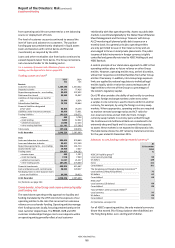 162
162 -
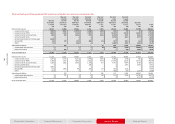 163
163 -
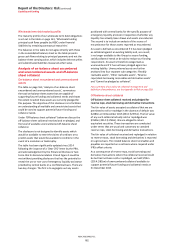 164
164 -
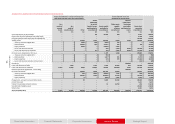 165
165 -
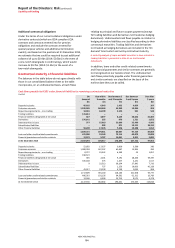 166
166 -
 167
167 -
 168
168 -
 169
169 -
 170
170 -
 171
171 -
 172
172 -
 173
173 -
 174
174 -
 175
175 -
 176
176 -
 177
177 -
 178
178 -
 179
179 -
 180
180 -
 181
181 -
 182
182 -
 183
183 -
 184
184 -
 185
185 -
 186
186 -
 187
187 -
 188
188 -
 189
189 -
 190
190 -
 191
191 -
 192
192 -
 193
193 -
 194
194 -
 195
195 -
 196
196 -
 197
197 -
 198
198 -
 199
199 -
 200
200 -
 201
201 -
 202
202 -
 203
203 -
 204
204 -
 205
205 -
 206
206 -
 207
207 -
 208
208 -
 209
209 -
 210
210 -
 211
211 -
 212
212 -
 213
213 -
 214
214 -
 215
215 -
 216
216 -
 217
217 -
 218
218 -
 219
219 -
 220
220 -
 221
221 -
 222
222 -
 223
223 -
 224
224 -
 225
225 -
 226
226 -
 227
227 -
 228
228 -
 229
229 -
 230
230 -
 231
231 -
 232
232 -
 233
233 -
 234
234 -
 235
235 -
 236
236 -
 237
237 -
 238
238 -
 239
239 -
 240
240 -
 241
241 -
 242
242 -
 243
243 -
 244
244 -
 245
245 -
 246
246 -
 247
247 -
 248
248 -
 249
249 -
 250
250 -
 251
251 -
 252
252 -
 253
253 -
 254
254 -
 255
255 -
 256
256 -
 257
257 -
 258
258 -
 259
259 -
 260
260 -
 261
261 -
 262
262 -
 263
263 -
 264
264 -
 265
265 -
 266
266 -
 267
267 -
 268
268 -
 269
269 -
 270
270 -
 271
271 -
 272
272 -
 273
273 -
 274
274 -
 275
275 -
 276
276 -
 277
277 -
 278
278 -
 279
279 -
 280
280 -
 281
281 -
 282
282 -
 283
283 -
 284
284 -
 285
285 -
 286
286 -
 287
287 -
 288
288 -
 289
289 -
 290
290 -
 291
291 -
 292
292 -
 293
293 -
 294
294 -
 295
295 -
 296
296 -
 297
297 -
 298
298 -
 299
299 -
 300
300 -
 301
301 -
 302
302 -
 303
303 -
 304
304 -
 305
305 -
 306
306 -
 307
307 -
 308
308 -
 309
309 -
 310
310 -
 311
311 -
 312
312 -
 313
313 -
 314
314 -
 315
315 -
 316
316 -
 317
317 -
 318
318 -
 319
319 -
 320
320 -
 321
321 -
 322
322 -
 323
323 -
 324
324 -
 325
325 -
 326
326 -
 327
327 -
 328
328 -
 329
329 -
 330
330 -
 331
331 -
 332
332 -
 333
333 -
 334
334 -
 335
335 -
 336
336 -
 337
337 -
 338
338 -
 339
339 -
 340
340 -
 341
341 -
 342
342 -
 343
343 -
 344
344 -
 345
345 -
 346
346 -
 347
347 -
 348
348 -
 349
349 -
 350
350 -
 351
351 -
 352
352 -
 353
353 -
 354
354 -
 355
355 -
 356
356 -
 357
357 -
 358
358 -
 359
359 -
 360
360 -
 361
361 -
 362
362 -
 363
363 -
 364
364 -
 365
365 -
 366
366 -
 367
367 -
 368
368 -
 369
369 -
 370
370 -
 371
371 -
 372
372 -
 373
373 -
 374
374 -
 375
375 -
 376
376 -
 377
377 -
 378
378 -
 379
379 -
 380
380 -
 381
381 -
 382
382 -
 383
383 -
 384
384 -
 385
385 -
 386
386 -
 387
387 -
 388
388 -
 389
389 -
 390
390 -
 391
391 -
 392
392 -
 393
393 -
 394
394 -
 395
395 -
 396
396 -
 397
397 -
 398
398 -
 399
399 -
 400
400 -
 401
401 -
 402
402 -
 403
403 -
 404
404 -
 405
405 -
 406
406 -
 407
407 -
 408
408 -
 409
409 -
 410
410 -
 411
411 -
 412
412 -
 413
413 -
 414
414 -
 415
415 -
 416
416 -
 417
417 -
 418
418 -
 419
419 -
 420
420 -
 421
421 -
 422
422 -
 423
423 -
 424
424 -
 425
425 -
 426
426 -
 427
427 -
 428
428 -
 429
429 -
 430
430 -
 431
431 -
 432
432 -
 433
433 -
 434
434 -
 435
435 -
 436
436 -
 437
437 -
 438
438 -
 439
439 -
 440
440 -
 441
441 -
 442
442 -
 443
443 -
 444
444 -
 445
445 -
 446
446 -
 447
447 -
 448
448 -
 449
449 -
 450
450 -
 451
451 -
 452
452 -
 453
453 -
 454
454 -
 455
455 -
 456
456 -
 457
457 -
 458
458 -
 459
459 -
 460
460 -
 461
461 -
 462
462 -
 463
463 -
 464
464 -
 465
465 -
 466
466 -
 467
467 -
 468
468 -
 469
469 -
 470
470 -
 471
471 -
 472
472 -
 473
473 -
 474
474 -
 475
475 -
 476
476 -
 477
477 -
 478
478 -
 479
479 -
 480
480 -
 481
481 -
 482
482 -
 483
483 -
 484
484 -
 485
485 -
 486
486 -
 487
487 -
 488
488 -
 489
489 -
 490
490 -
 491
491 -
 492
492 -
 493
493 -
 494
494 -
 495
495 -
 496
496 -
 497
497 -
 498
498 -
 499
499 -
 500
500 -
 501
501 -
 502
502
 |
 |

Report of the Directors: Risk (continued)
Liquidity and funding
HSBC HOLDINGS PLC
156
The liquidity position of the Group can also be represented
by the stand-alone ratios of each of our principal operating
entities. The table below displays the individual LCR levels
for the principal HSBC operating entities on an EC LCR
Delegated Regulation basis. The ratios shown for operating
entities in non-EU jurisdictions can vary from their local LCR
measures due to differences in the way non-EU regulators
have implemented the Basel III recommendations.
Operating entities’ LCRs
At
31 December
2015
%
HSBC UK liquidity group19 107
The Hongkong and Shanghai Banking Corporation –
Hong Kong Branch20
150
The Hongkong and Shanghai Banking Corporation –
Singapore Branch20
189
HSBC Bank USA21 116
HSBC France22 127
Hang Seng Bank 199
HSBC Canada22 142
HSBC Bank China 183
For footnotes, see page 191.
At 31 December 2015, all the Group’s operating entities
were individually within the risk tolerance level established
by the Board and applicable under the new internal
framework which took effect from 1 January 2016.
Management of liquidity and funding risk
Forward-looking framework
From 1 January 2016, the Group implemented a new
internal LFRF, using the external LCR and NSFR regulatory
framework as a foundation, but adding extra metrics/limits
and overlays to address the risks that we consider are not
adequately reflected by the external regulatory framework.
The key aspects of the new internal LFRF are:
i. stand-alone management of liquidity and funding by
operating entity;
ii. operating entity classification by inherent liquidity risk
(‘ILR’) categorisation;
iii. minimum operating entity EC LCR requirement
depending on ILR categorisation (EC LCR Delegated
Regulation basis);
iv. minimum operating entity NSFR requirement
depending on ILR categorisation (on the basis of the
Basel 295 publication, pending finalisation of the EC
NSFR delegated regulation);
v. legal entity depositor concentration limit;
vi. operating entity three-month and twelve-month
cumulative rolling term contractual maturity limits
covering deposits from banks, deposits from non-bank
financials and securities issued;
vii. annual individual liquidity adequacy assessment
(‘ILAA’) by operating entity; and
viii. during 2016, we will also introduce a minimum
operating entity LCR requirement by currency.
The new internal LFRF and the risk tolerance (limits) were
approved by the RMM and the Board on the basis of
recommendations made by the Group Risk Committee.
Our ILAA process has been designed to identify risks that
are not reflected in the Group framework and where
additional limits are assessed to be required locally, and to
validate the risk tolerance at the operating entity level.
The decision to create an internal framework modelled
around the external regulatory framework was driven by
the need to ensure that the external and internal
frameworks are directionally aligned and that the Group’s
internal funds transfer pricing framework incentivises the
global businesses within each operating entity to
collectively comply with both the external (regulatory) and
the internal risk tolerance.
Current framework
The 2015, LFRF employed two key measures to define,
monitor and control the liquidity and funding risk of each
of our operating entities. The ACF ratio was used to
monitor the structural long-term funding position, and the
stressed coverage ratio, incorporating Group-defined stress
scenarios, was used to monitor the resilience to severe
liquidity stresses. Although in place before and during
2015, this framework and its accompanying metrics will
be demised as the new framework outlined above is
implemented.
The three principal entities listed in the tables below
represented 65% (2014: 66%) of the Group’s customer
accounts. Including the other principal entities, the
percentage was 88% (2014: 88%).
Advances to core funding ratio
The table overleaf shows the extent to which loans and
advances to customers in our principal banking entities
were financed by reliable and stable sources of funding.
ACF limits set for principal operating entities at
31 December 2015 ranged between 80% and 120%.
Core funding represents the core component of customer
deposits and any term professional funding with a residual
contractual maturity beyond one year. Capital is excluded
from our definition of core funding.
